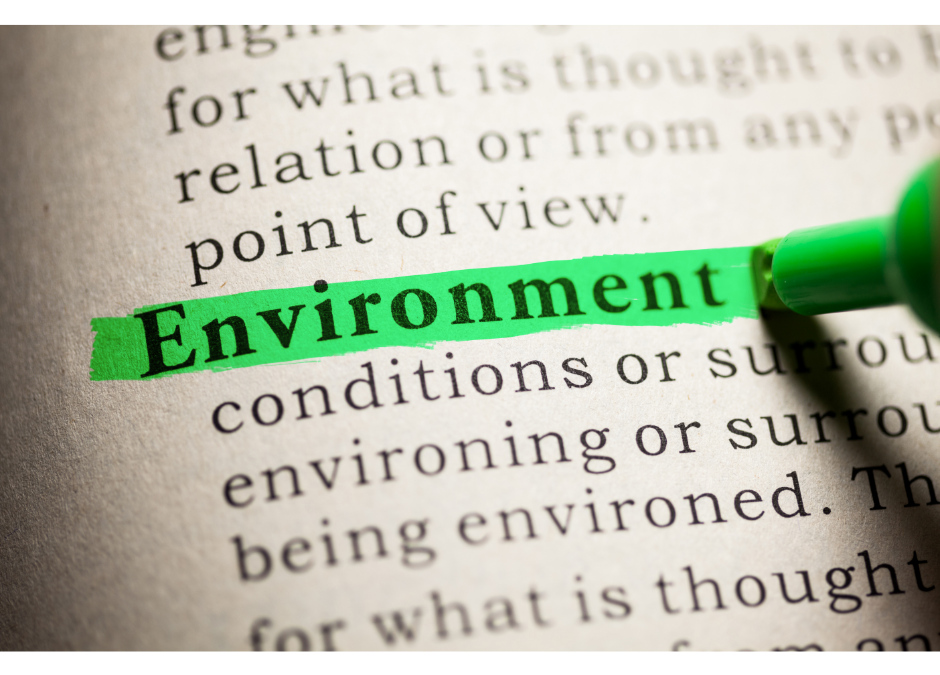Environmental Factors of After Death Cleaning Services
After death cleaning, often referred to as after death clean up, involves the process of cleaning and decontaminating a space where a person has died. This may be necessary for various reasons, including accidents, suicides, homicides, or natural deaths. The environmental impact of such cleaning can vary depending on several factors:
- Chemicals and Disinfectants: Cleaning companies often use a range of chemicals and disinfectants to sanitise and decontaminate the affected area. These chemicals can have environmental implications if not handled properly. Proper disposal of these chemicals is crucial to prevent pollution and harm to the environment.
- Waste Disposal: Biological waste, such as blood and bodily fluids, can be hazardous if not handled and disposed of correctly. It is essential to follow regulations and guidelines for proper disposal to prevent contamination of water sources or soil.
- Energy and Resources: The energy and resources required for cleaning and disinfection, such as water and electricity, can contribute to the environmental impact. Using environmentally friendly cleaning products and efficient cleaning methods can help mitigate this impact.
- Personal Protective Equipment (PPE): Cleaning professionals typically wear PPE, which may include disposable gloves, masks, and suits. Proper disposal of these items is essential to prevent litter and contamination.
- Transportation: The transportation of cleaning equipment and personnel to the site can contribute to the carbon footprint. Using fuel-efficient vehicles or carpooling can help reduce this impact.
How 24 Seven Reduce The Environmental Impact Associated With After Death Cleaning
To minimise the environmental impact of after-death cleaning, Trauma Clean 24 Seven carry out the following steps:
- Use Eco-Friendly Products: Choose cleaning products that are environmentally friendly and biodegradable whenever possible.
- Waste Management: Ensure proper disposal of biological waste and hazardous materials according to local regulations.
- Reduce Energy Consumption: Use energy-efficient equipment and minimize energy consumption during the cleaning process.
- Recycling and Reuse: Recycle materials and equipment when possible to reduce waste.
- Proper Training: Ensure that cleaning personnel are trained in proper cleaning techniques and environmentally responsible practices.
- Compliance with Regulations: Comply with all local, state, and federal regulations related to waste disposal and environmental protection.
It’s important to work with professional cleaning services that are experienced in after-death cleaning and are aware of the environmental considerations involved. By following best practices and taking steps to reduce the environmental impact, you can ensure that the clean up is conducted responsibly and safely.

